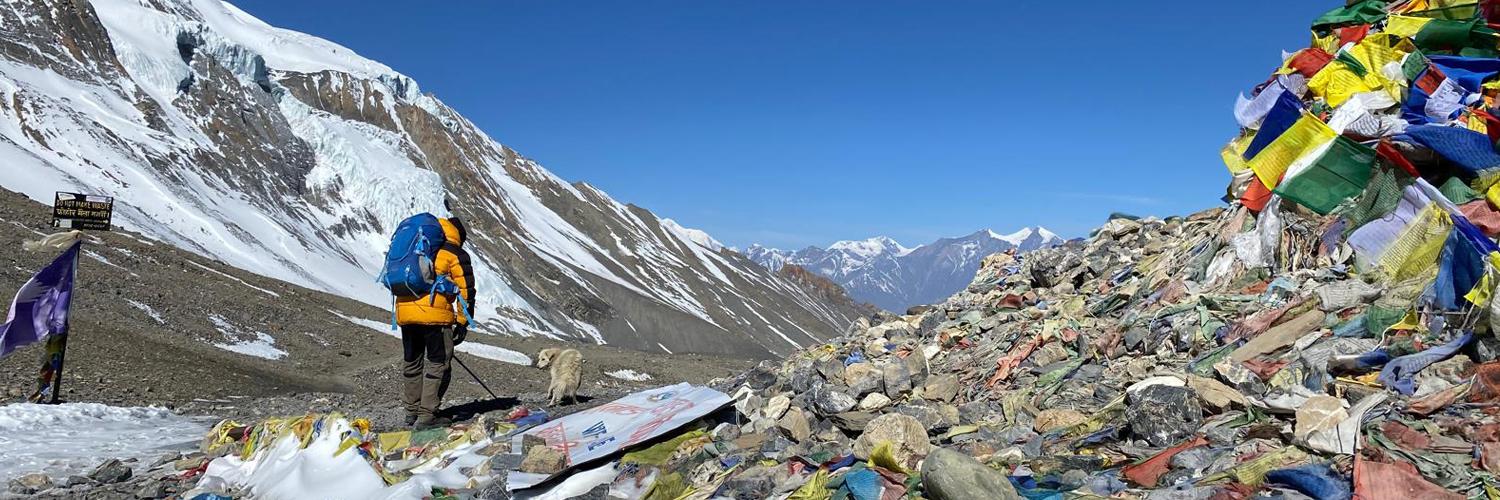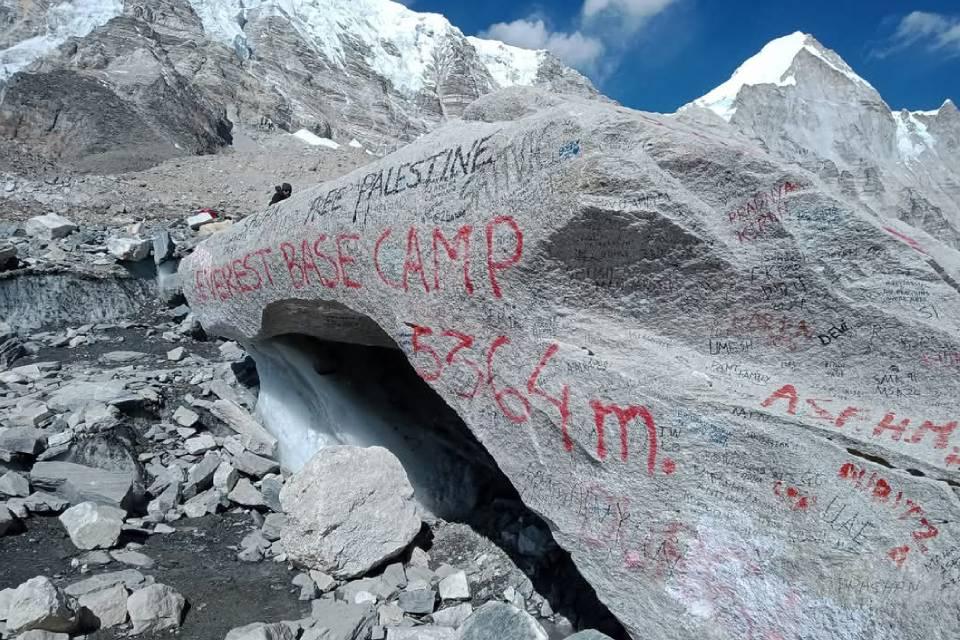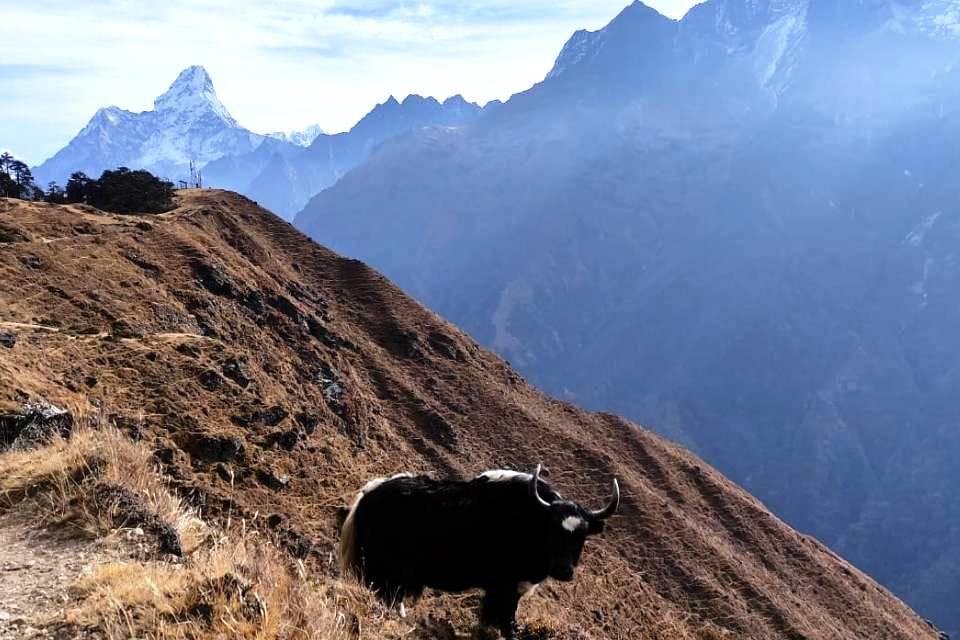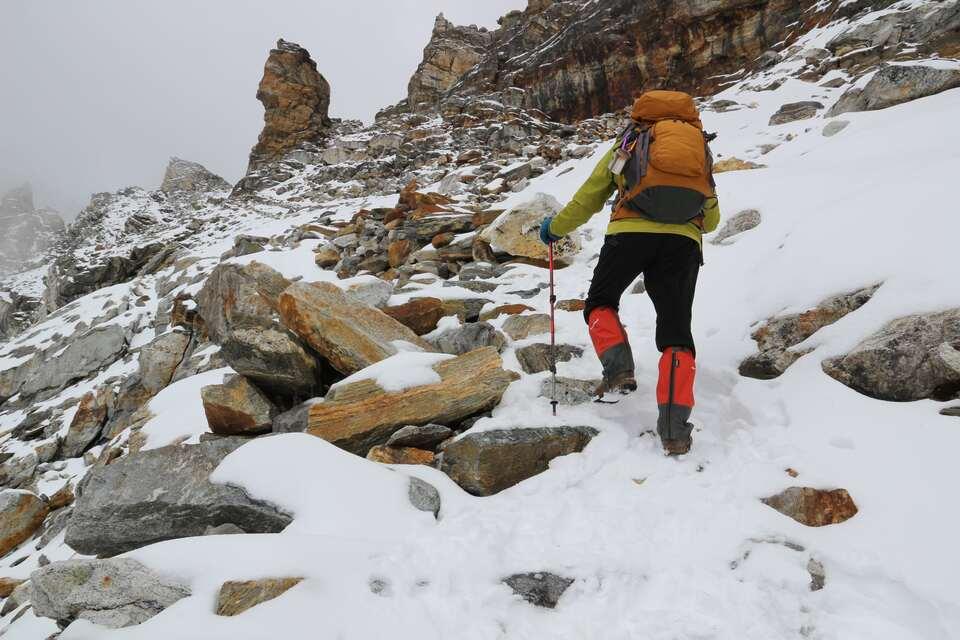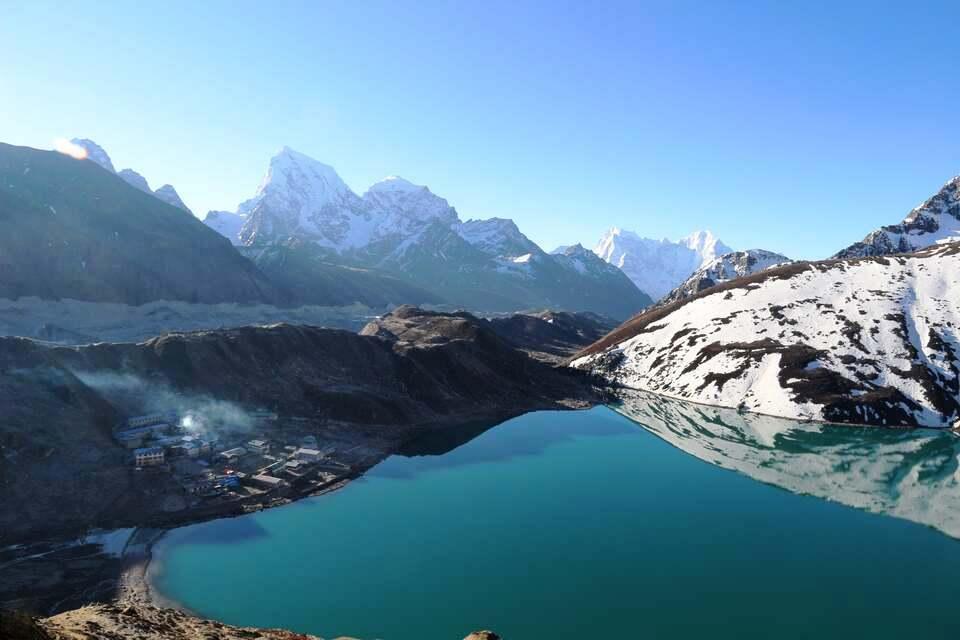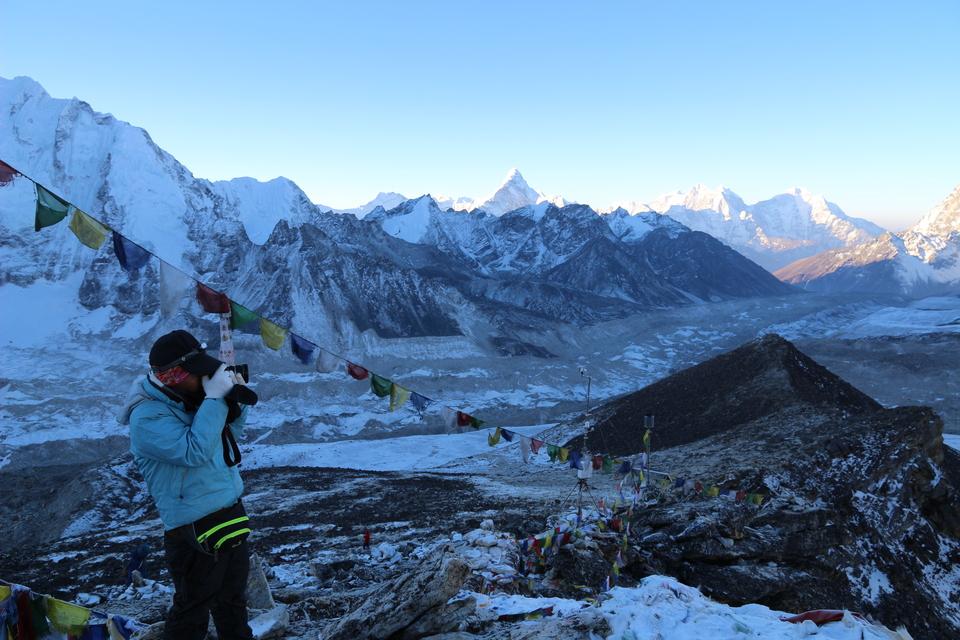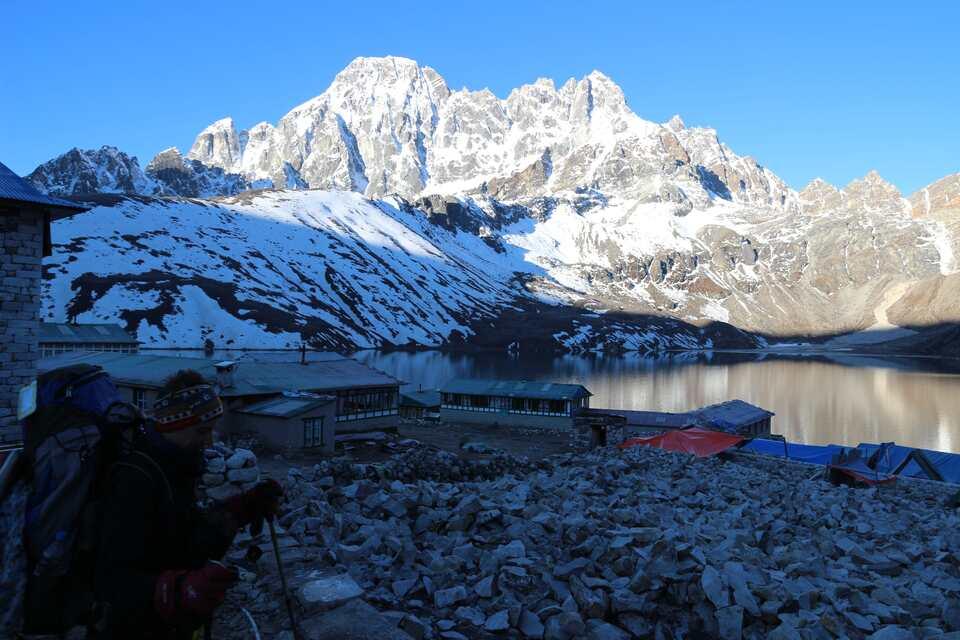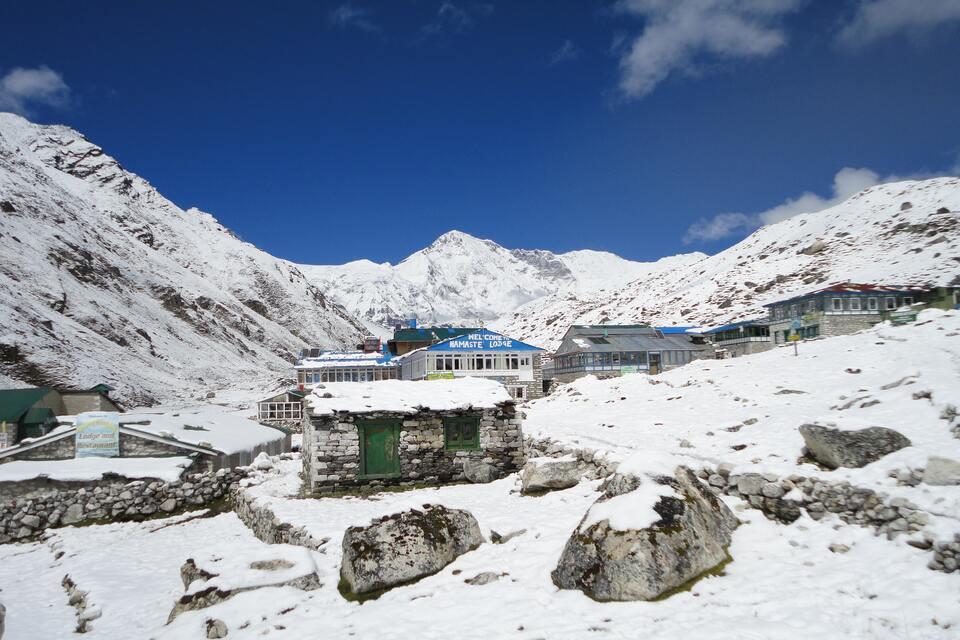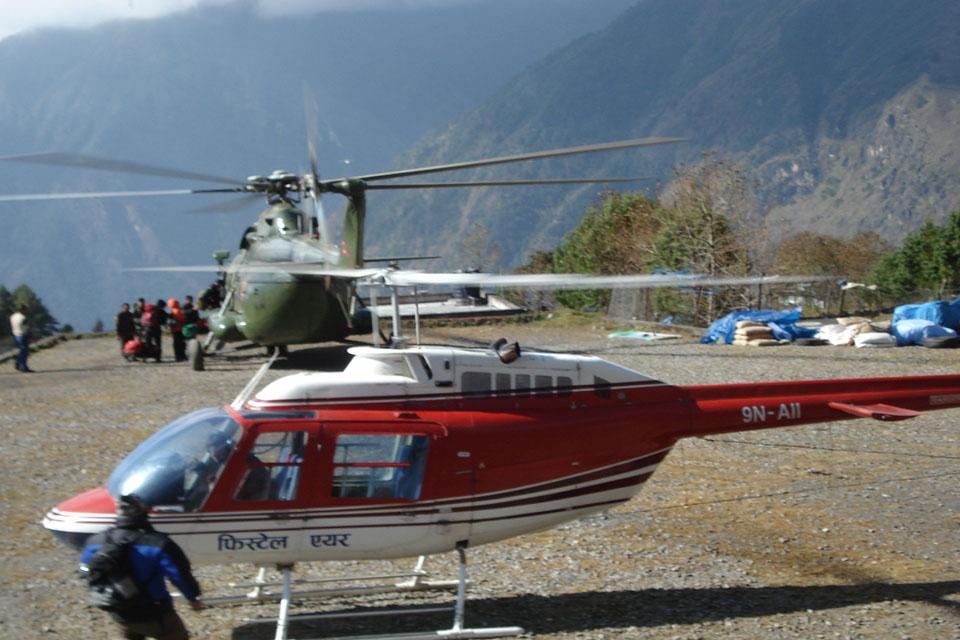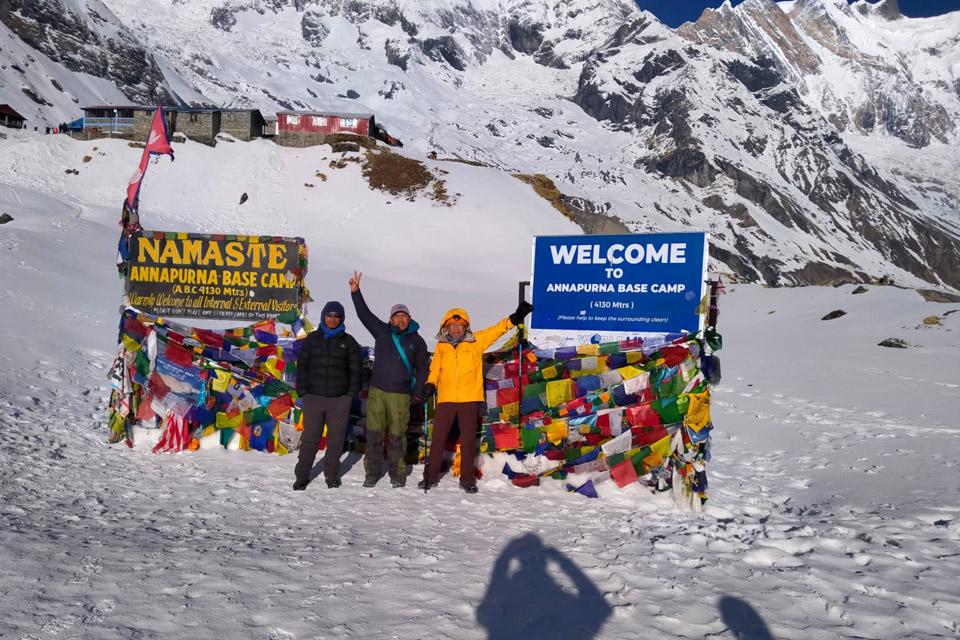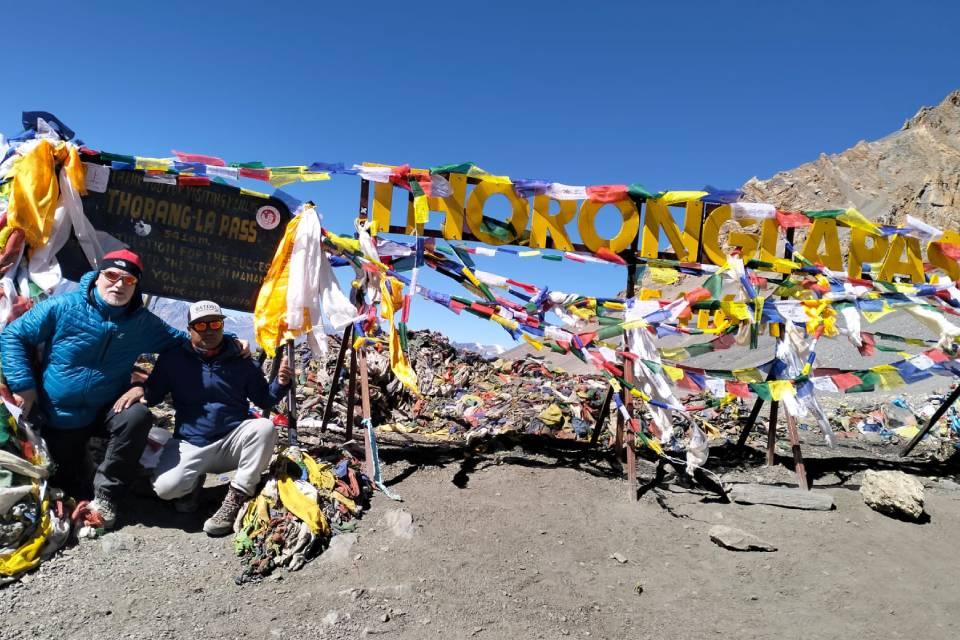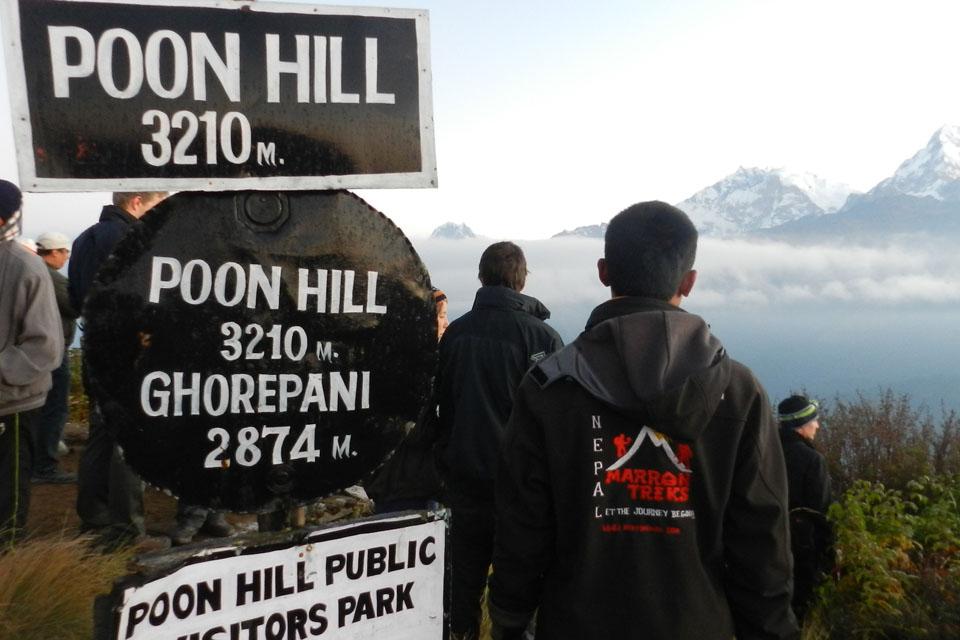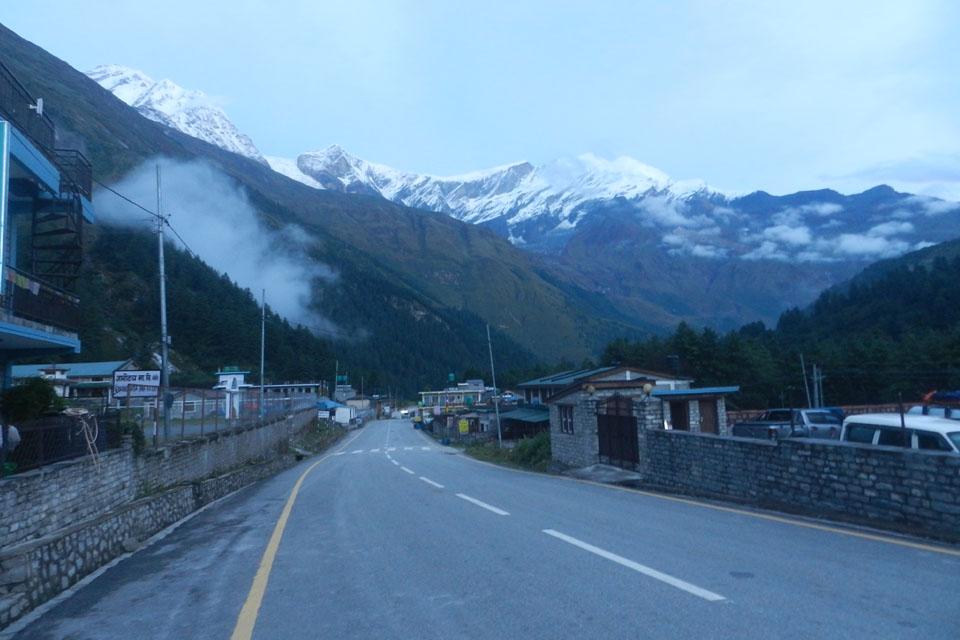Trekking in Nepal is what most travelers do since Nepal is one of the most prominent trekking destinations in the world. Different trek regions are located in Nepal for trekking, of which Everest and Annapurna are the most popular choices among trekkers. These regions offer several selected trek routes in the world like the Everest Base Camp trek, Annapurna Circuit trek. Other preferred trek regions include Lantang, Manaslu which offers an off-the-beaten-path trek experience with less crowd and equally great Himalayan panoramas. No other place in the world offers the same diversity of trekking trails as Nepal, making it a real trekking experience.
The history of trekking in Nepal officially started in 1949, which opened the doors for foreigners what was once an obscure destination. The first commercial trek in Nepal was organized by a British diplomat and mountaineer in 1950. Since then, trekking in Nepal has attracted trekkers from every nook and corner of the world. At the same time, Sir Edmund Hillary said, that Nepal is the only country with the world`s greatest trekking trails and one of the best locations for trekking in the Himalayas.
At present, trekking in Nepal is a completely different experience if compared to the earlier days of trekking back in the 1960’s. The prime trekking destinations have already been protected under national parks or conservation areas. There’s ample facilities for trekkers with the opening up of more comfortable lodges and guest houses at most of the trekking trails in Nepal. The Everest region even offers luxurious lodging facilities with the best amenities, where trekkers have the best comfort in the Himalayas.
Nepal is home to eight of the fourteen 8000 meters above peaks that are considered the highest in the world which are Kanchenjunga ((8,586m), Makalu (8,485m), Cho-Oyu (8,188m), Lhotse (8,516m), Dhaulagiri (8,167m), Annapurna (8,091m) and Manaslu (8,163m) including the world's highest Mt. Everest (8848m) The prime attraction for the trekkers or adventure enthusiasts around the world is to trek and witness these glorious mountains, plus attend some of it’s base camp with popular treks like Everest Base Camp trek, Annapurna Base Camp trek, Manaslu Base Camp trek, Kachenjunga Base Camp trek.
There are plentiful best treks in Nepal for beginners to choose from Ghorepani Poon Hill trek, Everest View Trek to Annapurna Base Camp trek, Langtang Valley trek. Essentially, all the trekking routes in Nepal offer spectacular Himalayan views, hiking past traditional villages, witnessing local culture and traditions and with changing topography from lush green habitat to alpine and rugged landscapes most of the time.
Nepal offers choices of remote and off-the-beaten-path treks for anyone who is seeking adventurous treks in the Himalayas. These treks require a good level of physical fitness and great planning. Some of these treks include Upper Dolpo trek, Kanchenjunga Base Camp trek, Dhaulagiri Base Camp trek to name a few.
Planning a trek to Nepal requires good pre-planning, with the prime factor being your physical fitness since Himalayan treks require days of walking, sometimes on rugged mountain trails. Physical training should include daily walking, and jogging before the trek’s departure. Check your health and make sure there are no issues. Also, do not forget to buy yourself a good insurance plan that should cover injuries, helicopter rescues, medication, and hospitalization, which is expensive.
With all these in mind, and best pre-planning, and choosing the right kind of trek you have been looking for, the Himalayas won’t disappoint you and will offer you a trip of a lifetime filled with breathtaking scenery, cultural immersion, and a sense of achievement.
Quick facts about trekking in Nepal
One fascinating fact about trekking in Nepal is that here exists some of the world's highest trekking trails. Eight of the world's fourteen highest peaks, including Mount Everest, the highest peak on earth, are in Nepal. Nepal treks offer traversing the trails that lead through stunning landscapes, glaciers, deep valleys, diverse ecosystems and soaring peaks, providing an amazing adventure in the heart of the Himalayas.
1. World's Highest Peaks: Nepal has eight of the world's 14 highest peaks, including Mount Everest, offering trekkers to explore some of the planet's most elevated terrain.
2. Trekking Route Variations: Trekking routes in Nepal are in extensive range, varying in difficulty, duration, and landscapes. Popular trails like Everest Base Camp, Annapurna Circuit, and Langtang Valley attract adventurers from all over.
3. Diversity in Culture: Diverse cultures and traditions in Nepal allow cultural immersion for visitors. Trekkers encounter different ethnic groups such as Sherap, Tamang, Rai, Gurung etc, each with its own languages, customs, and traditions.
4. Teahouse Trekking Experience: The popular teahouse trekking concept in Nepal involves staying in local lodges or teahouses already available along the trails. This allows trekkers to experience local hospitality and cuisine as well as learn more about their culture and way of life.
5. Variation in Altitude: Nepal's trekking trails offer significant altitude variations, from lush lowlands to high-altitude regions. This diversity provides trekking in different ecosystems, climates, and stunning panoramas.
6. Challenge and Adventure: Trekking in Nepal can be a physically demanding adventure since it involves hiking along steep ascents, rugged terrain, and high altitudes. It requires adequate preparation, fitness, and proper acclimatization.
7. UNESCO World Heritage Sites: Some trekking routes go through UNESCO World Heritage Sites like Sagarmatha National Park in the Everest region. Besides the Kathmandu Valley where most of the heritage sites are located. Cultural sightseeing before the trek adds historical and cultural significance to the trekking experience.
8. Local Guides and Porters: Most of the guides or porters are from the same region where trekking is organized. They provide local expertise, knowledge, and assistance, enriching the trekking journey while supporting the local economy.
9. Spiritual and Scenic Landscapes: Trekking in Nepal isn’t only about witnessing the stunning Himalayan panoramas but it also extends a beautiful opportunity to visit some of the sacred sites, monasteries and remote villages located along the trail, offering a unique spiritual and cultural experience.
10. Ever-Changing Weather: Nepal's mountainous terrain has rapidly changing weather conditions. Trekkers must be prepared for variable weather patterns, which include sudden rain, snowfall, and temperature fluctuations.
Top tips for trekking in Nepal
1. Physical preparedness: Trekking in Nepal consists of walking for long hours in varying terrains. It is essential to prepare your body for what the trek physically demands. This can be achieved with regular exercises and building endurance.
2. Better Acclimatization: Altitude sickness can be a major hurdle while trekking in Nepal due to the high altitude trekking trails. It is crucial to acclimatize properly by ascending at a slow pace, staying hydrated, and listening to your body. Trek itineraries should also have enough acclimatization days to avoid altitude sickness.
3. Choose the right trek: There are numerous trekking routes in Nepal, ranging from easy to strenuous. Pick a trek that suits your fitness level and time constraints. Popular treks include Everest Base Camp, Annapurna Circuit, Langtang Valley, and Manaslu Circuit. More remote treks are in Upper Dolpo, Kanchenjunga Base Camp, Upper Mustang.
4. Pack Smartly: Carry essential trekking gear like a sturdy backpack, comfortable hiking boots, warm clothing, sunscreen, water purification tablets. Light pack with essential items is a way to go. Most of the items can be bought in Kathmandu too, at a reasonable price.
5. Go with a local guide: Going along with a local guide including a porter, will not only provide you with the best expertise and navigation. They will assist you in carrying your luggage, provide insights into the culture and surroundings, moreover, help you in any emergencies like inquiries or altitude sickness.
6. Respectful for the local culture: Nepal is a predominantly Hindu and Buddhist country with its unique cultural and traditions. Respect the local customs and traditions, dress modestly, ask for permission before taking photographs of people or religious sites and take off your shoes while entering a temple or monastery.
7. Stay hydrated: Hydration is crucial during treks to overcome altitude sickness. Carry water bottles and water purification tablets and drink plenty of fluids. Also, fuel your body with nutritious meals since you will need all your energy walking the mountainous trails. Avoiding meat products during a trek is a good idea since meat may not come fresh in the mountains, saving you from stomach upset or diarrhea. Going vegetarian is the key.
8. Avoid Alcohol: Avoiding alcohol is the best strategy while trekking in the high Himalayas since alcohol causes dehydration. In high altitudes, where dehydration can evoke the effects of altitude sickness, it's crucial to stay well-hydrated. You can drink alcohol after the trek is finished, like at the last day party when the trek ends in the mountains.
9. Safety & Travel Insurance: The trekking trails of Nepal are at some of the highest locations on the planet so risks of altitude sickness or injuries may occur. You should buy good insurance that should cover helicopter rescues, medical treatments, hospital charges. Also, make sure your insurance policy covers rescues from over 5,000 meters.
10. Allow extra days: While trekking in Nepal, starting or finishing the treks can be delayed due to several reasons, like flight cancellations, weather or road conditions, altitude sickness and rescues. You should plan extra days after the trek to avoid all of these situations.
Since 1997, Marron Treks has been dedicated to organizing a wide range of trekking adventures in Nepal, ensuring top-notch service and customer satisfaction. Our trekking packages cater to all levels of experience, from beginners to seasoned hikers, and include moderate treks to challenging adventures to remote areas that provide a unique blend of cultural immersion, stunning landscapes and witnessing the spectacular Himalayan panorama of the snow-capped peaks some of which are the world's highest mountains.

